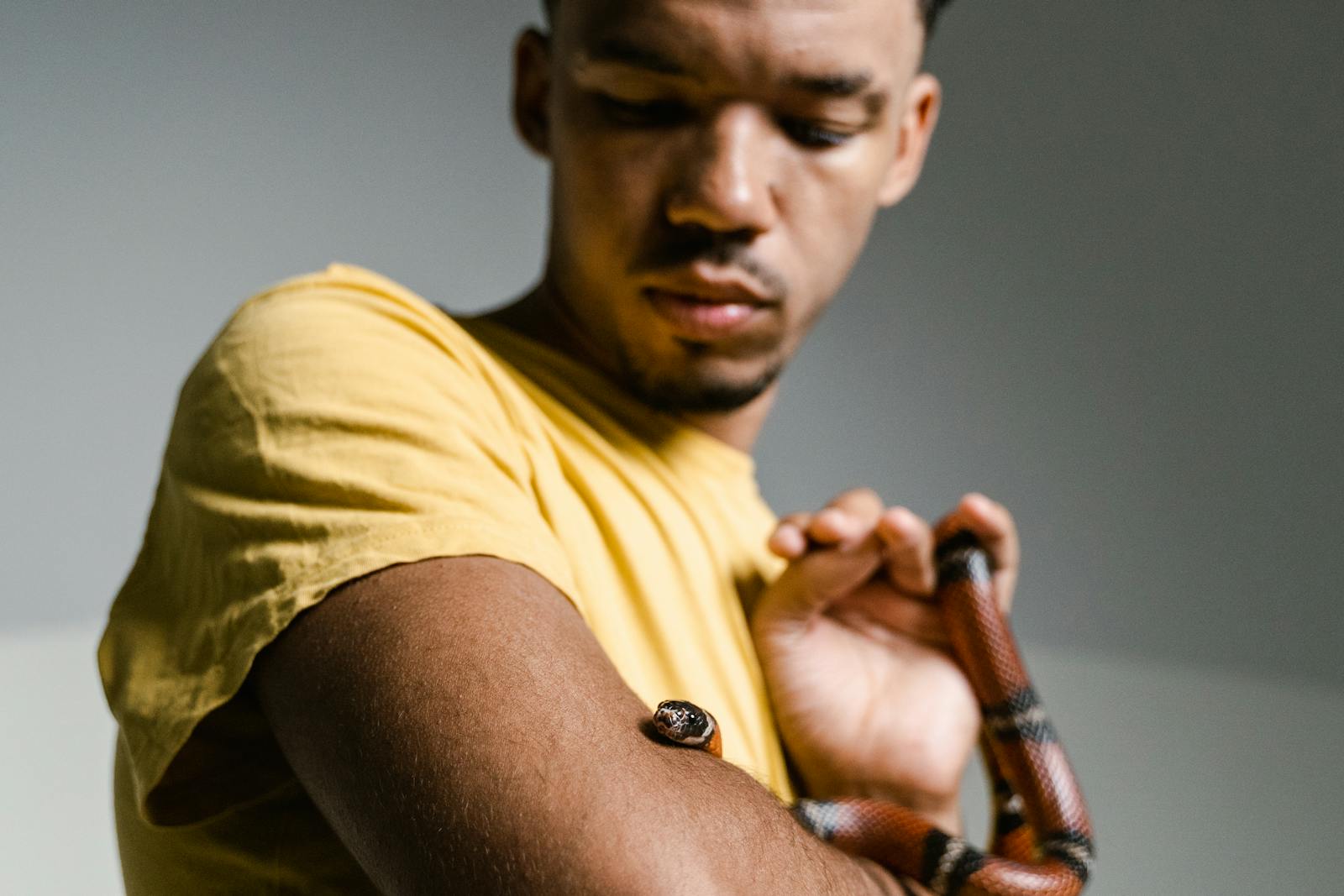Bringing a new snake into your home can be both exciting and challenging, especially when your serpentine companion shows signs of nervousness or stress. As prey animals in the wild, snakes naturally exhibit cautious behavior when faced with larger creatures—including humans. Establishing trust through proper handling techniques is essential for both your safety and your snake’s well-being. This article explores comprehensive strategies for safely handling nervous snakes, helping new owners build confidence while respecting their reptile’s boundaries and instincts. Whether you’ve just brought home your first ball python or are struggling with a skittish corn snake, these techniques will help you create a foundation of trust and comfort.
Understanding Snake Body Language
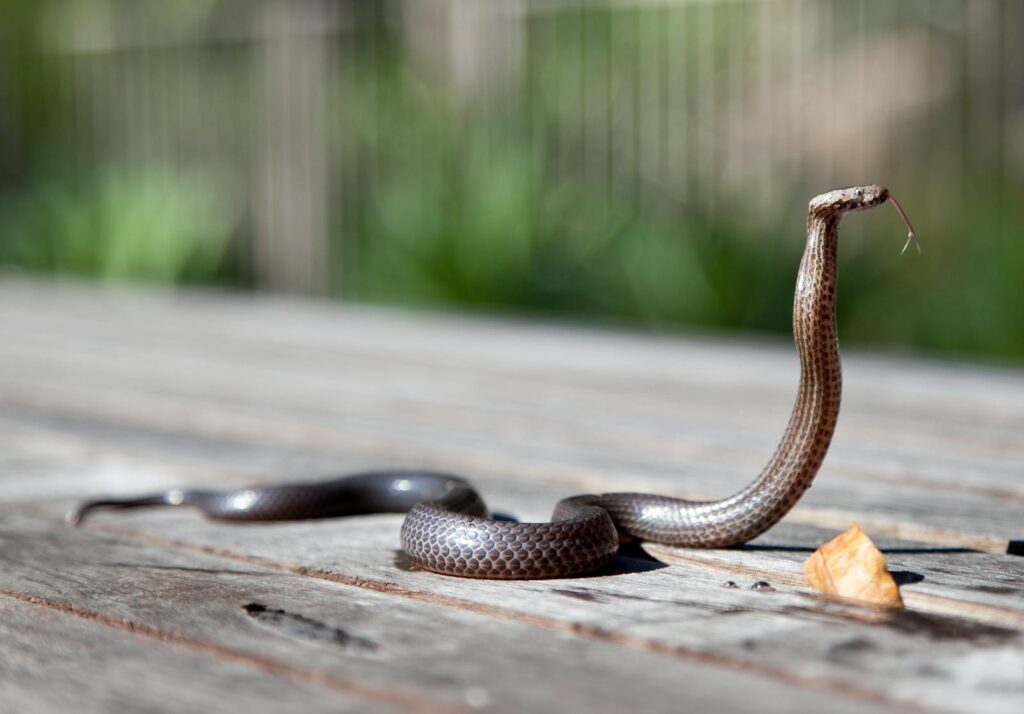
Before attempting to handle a nervous snake, it’s crucial to learn how to read their body language to gauge their comfort level. A relaxed snake typically moves with slow, deliberate movements and maintains a loose body posture without excessive muscle tension. Signs of stress or fear include rapid breathing, tight body coiling, defensive striking postures, tail rattling (even in non-rattlesnake species), and attempting to flee or hide. Some species may flatten their necks, hiss loudly, or release musk—a foul-smelling defensive secretion—when they feel threatened. Learning these visual cues specific to your snake’s species will help you determine when handling is appropriate and when it’s better to give your snake space.
Creating the Optimal Environment for Handling
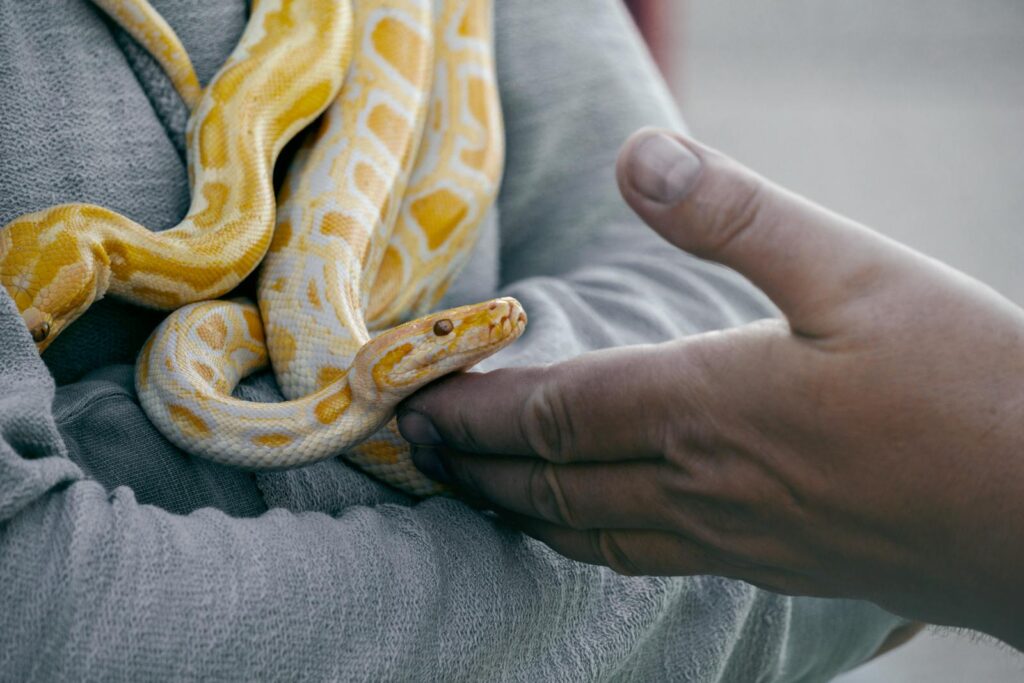
The environment in which you handle your snake significantly impacts its stress levels and behavior. Always choose a quiet, enclosed space free from other pets, loud noises, and excessive foot traffic when handling a nervous snake. Keep the room at an appropriate temperature, as snakes become more sluggish and potentially defensive when cold. Dim lighting often helps reduce stress, as many snake species are crepuscular or nocturnal and may feel vulnerable in bright light. Ensure all doors and windows are closed to prevent escape, and remove any items that could potentially harm your snake if it were to bolt unexpectedly. Creating this controlled environment sets the stage for more successful handling sessions.
Timing Your Handling Sessions Strategically
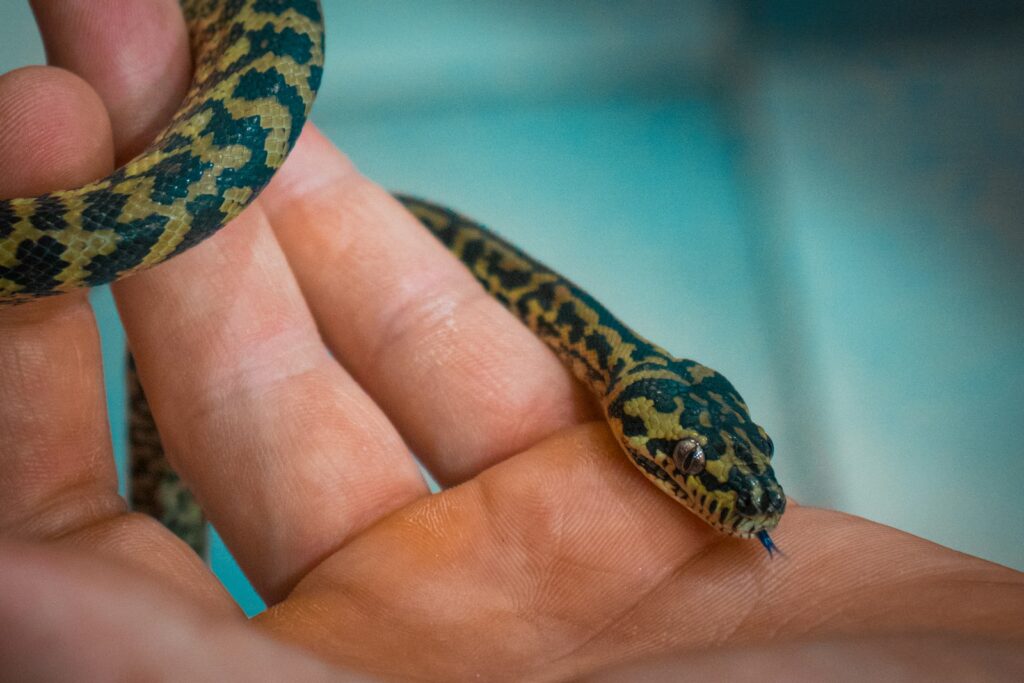
Choosing the right time to handle your nervous snake can make a tremendous difference in their receptiveness. Avoid handling your snake during or immediately after feeding, as this can trigger regurgitation or defensive responses. Most experts recommend waiting at least 48 hours after feeding before attempting to handle your snake. Similarly, avoid handling during shedding periods when snakes have cloudy eyes or are showing signs of beginning a shed cycle, as their vision is compromised and they typically feel more vulnerable. Many snake species are more active during dusk or evening hours, making these optimal times for handling attempts. Starting with brief sessions of just 5-10 minutes helps prevent overwhelming your nervous snake while gradually building their tolerance.
Approaching Your Snake Properly

The initial approach sets the tone for the entire handling experience and requires thoughtful execution. Never approach your snake from above or directly in front of their head, as this mimics predatory behavior and may trigger a defensive response. Instead, approach from the side and slightly behind the midpoint of their body, keeping your movements slow, deliberate, and confident. Avoid making sudden movements or casting shadows over the enclosure that might startle your snake. Some keepers find success by gently touching the snake’s body with a snake hook or paper towel roll first to alert them to your presence before attempting to pick them up with your hands. Speaking softly or allowing the snake to smell your hand through the enclosure before opening it can also help familiarize them with your scent.
The Hook and Tail Technique
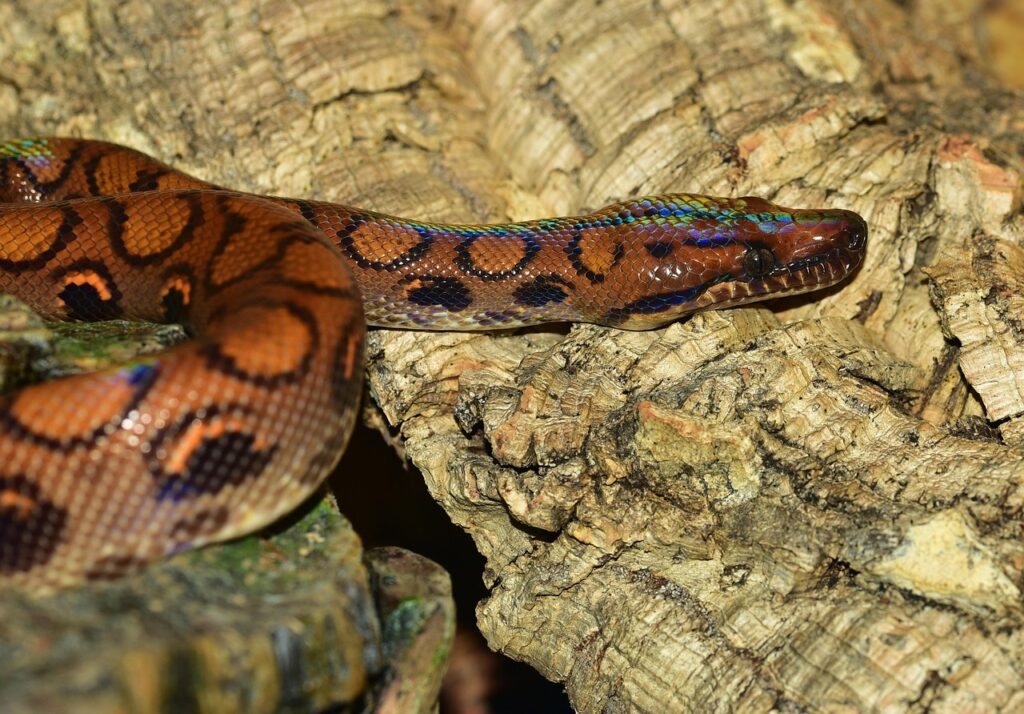
The hook and tail technique is particularly valuable for handling nervous or defensive snakes while minimizing stress. Begin by gently placing a snake hook beneath the front third of the snake’s body and lifting slightly to support their weight. With your other hand, gently grasp the snake’s body near the tail, providing additional support while keeping your hand away from the head region where the snake might feel threatened. As the snake becomes comfortable with this position, you can transition to supporting more of their body with your hands while gradually removing the hook. This method is especially effective for larger or more defensive species like boa constrictors or some python species, as it gives the snake time to realize you’re not a threat. With consistent practice, many snakes will become accustomed to this handling method and show reduced defensive behaviors.
The Proper Hand Placement for Support
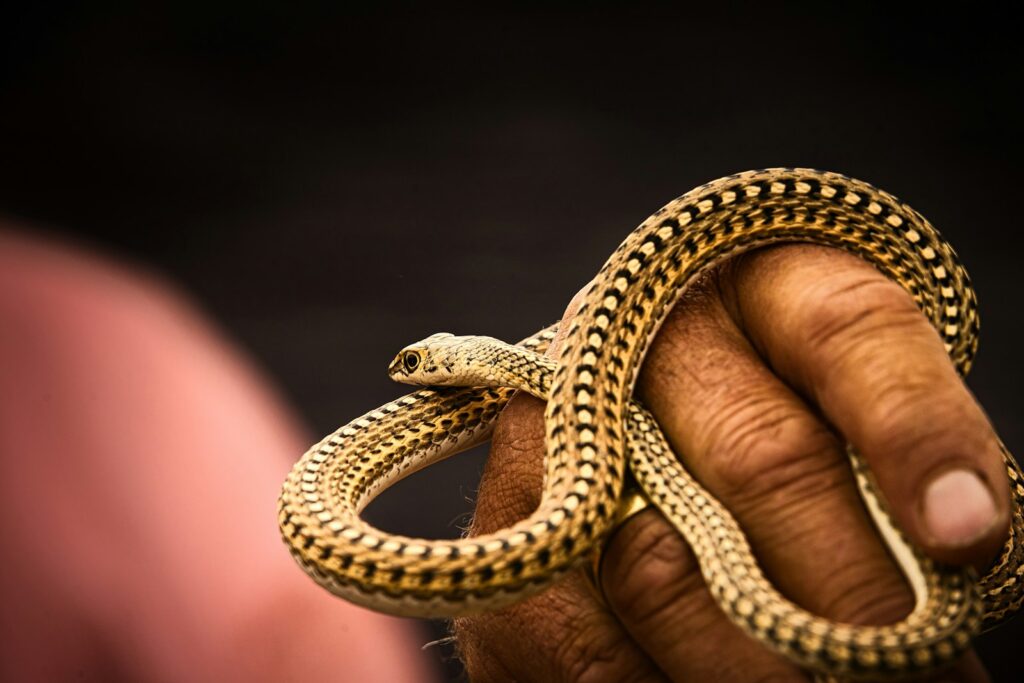
Correct hand placement is fundamental to safe snake handling and directly impacts how secure your snake feels. Always support your snake’s body with both hands, distributing their weight evenly to prevent strain on their spine. For small to medium-sized snakes, place one hand behind the head (not on the head or neck) and the other hand supporting the middle or rear portion of the body. As your confidence grows, you can allow the snake to move freely between your hands while always maintaining at least two points of contact with their body. Avoid gripping too tightly, as this can restrict breathing and movement, causing panic in an already nervous snake. Instead, create a gentle “platform” with your hands that allows the snake to feel secure while having the freedom to adjust its position naturally.
Gradual Desensitization Training
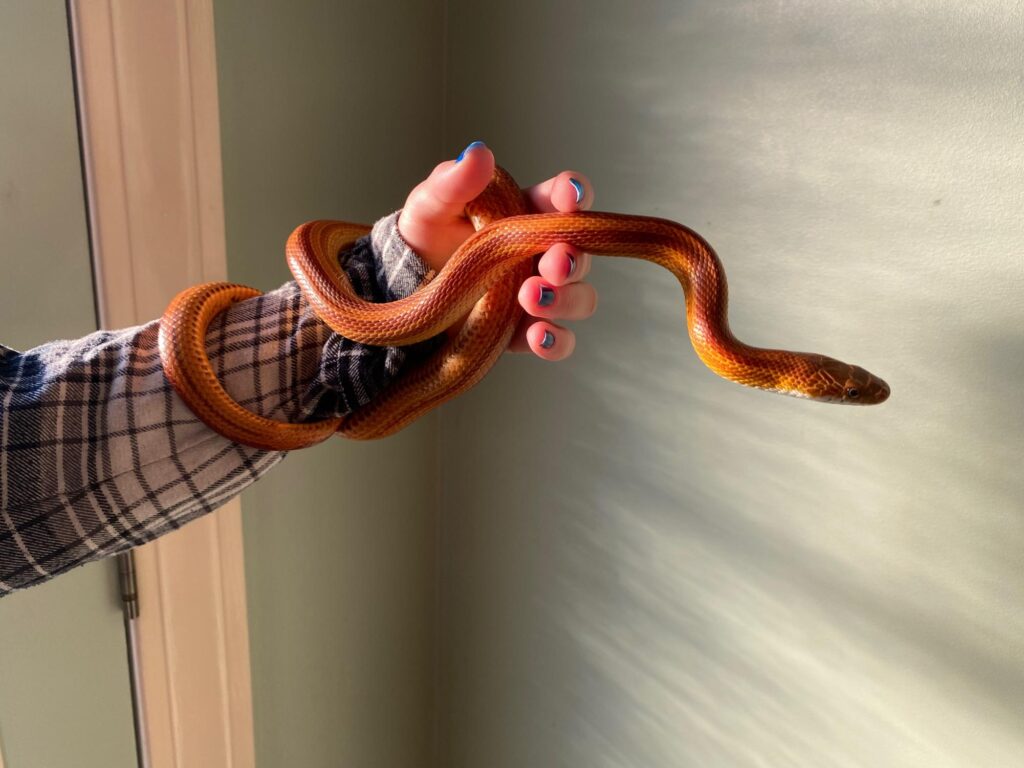
Desensitization is a proven technique for helping nervous snakes become comfortable with handling through incremental exposure. Begin with extremely brief handling sessions of just 1-2 minutes, gradually increasing duration as your snake shows signs of comfort. During initial sessions, simply opening the enclosure and placing your hand inside without touching the snake can help them adjust to your presence. Next, progress to brief touches along the snake’s body before attempting to lift them. Consistency is crucial—aim for short, positive interactions daily rather than infrequent longer sessions. Each positive experience builds upon the previous one, creating a foundation of trust. Many keepers find that nervous snakes show significant improvement after 2-3 weeks of consistent, gentle desensitization training.
Recognizing and Responding to Stress Signals
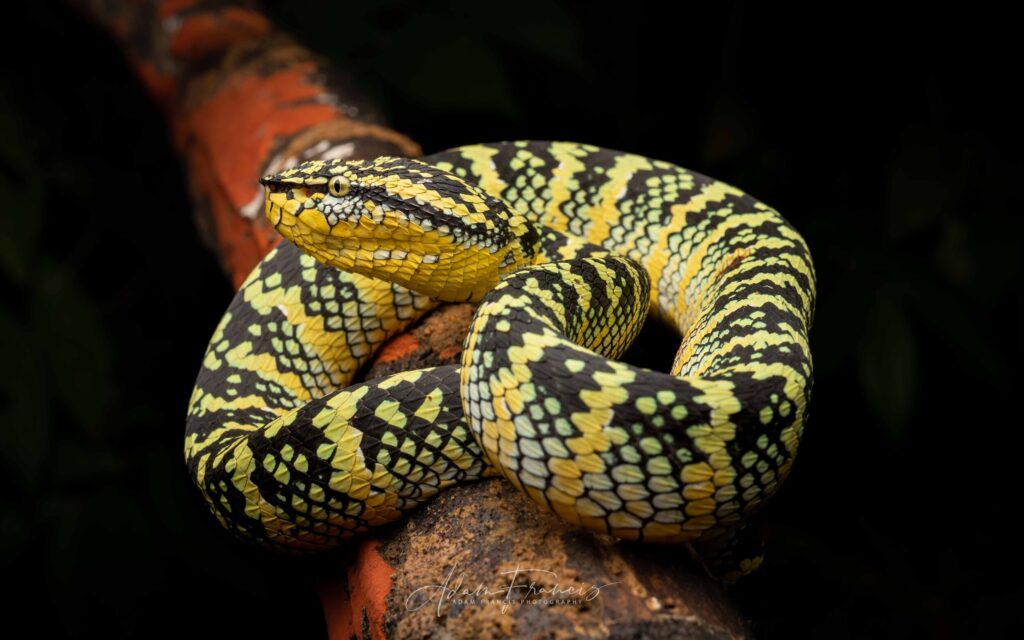
Even with proper technique, it’s essential to monitor your snake for signs of stress during handling and respond appropriately. If your snake begins hissing, musking (releasing a foul odor), striking, or attempting to escape rapidly, immediately return them to their enclosure. More subtle stress signs include rapid breathing, muscle tensing, head-hiding behavior, or unusual freezing in place. When you notice mild stress signals, try adjusting your handling technique by providing more support or moving to a quieter location before deciding to end the session. Never push past significant stress signals in an attempt to “power through” the behavior, as this creates negative associations with handling. Remember that each snake has individual tolerance levels, and respecting these boundaries is essential for building trust.
Special Considerations for Defensive Species
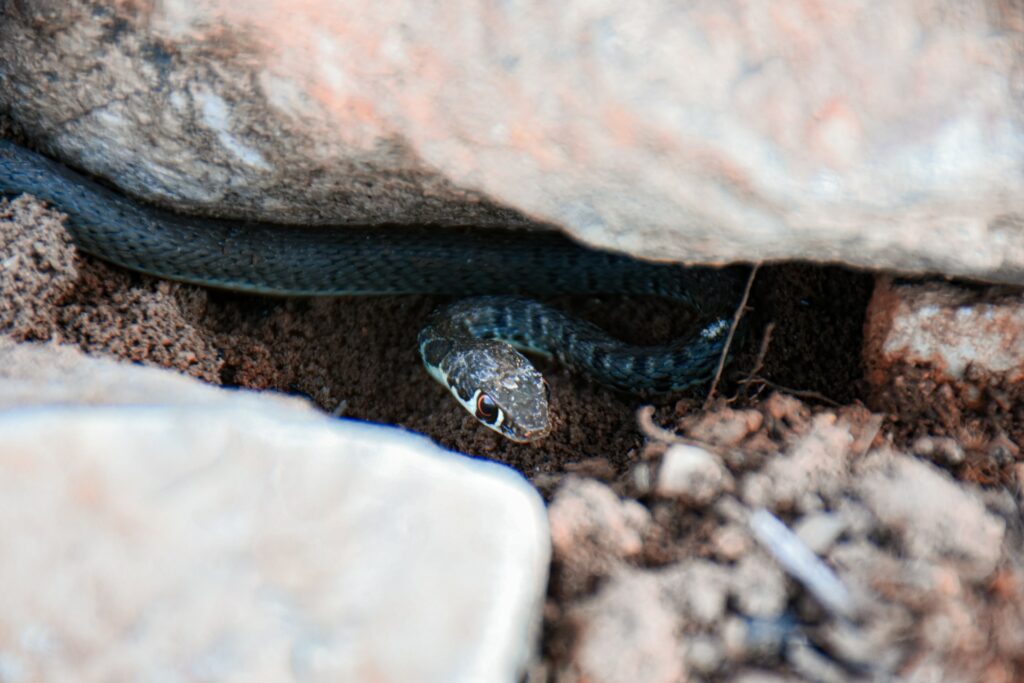
Some snake species are naturally more defensive or nervous than others, requiring specialized handling approaches. Ball pythons may curl into a tight ball when stressed, while corn snakes might be extremely quick and prone to escape attempts. Hognose snakes often employ dramatic defensive displays including flattening their necks and mock striking with a closed mouth. For particularly defensive species, using a snake hook for the initial lift from the enclosure can prevent defensive strikes while keeping your hands at a safe distance. Handling these species in a seated position close to the ground reduces the risk of injury if the snake attempts to flee. Research your specific species’ natural behaviors and defensive mechanisms to develop handling strategies that address their particular temperament and instincts.
Creating Positive Associations

Building positive associations with handling can significantly improve a nervous snake’s response over time. While snakes don’t respond to traditional rewards like mammals do, you can create positive experiences by handling them in enriching environments. For example, allowing your snake to explore a secure “snake-proofed” room under supervision can make handling time more interesting for them. Some keepers find success handling their snakes near warm (but safe) heat sources, as the warmth creates a pleasant experience. Always return your snake to their enclosure while they’re still calm rather than waiting until they show stress, ending each session on a positive note. Consistency in your approach, scent, and handling technique helps your snake recognize you as a non-threatening presence over time.
Tools and Equipment for Safe Handling

Several tools can enhance safety and reduce stress when handling nervous snakes. A properly sized snake hook appropriate for your snake’s weight allows for gentle lifting without direct hand contact initially. Snake bags made of breathable fabric provide a secure temporary holding option if you need to examine your snake or transport them short distances. For very nervous specimens, transparent handling tubes can allow for close examination without direct handling stress. Some keepers use textured gloves for particularly defensive species, though these should be used cautiously as they reduce tactile sensitivity and may make it difficult to gauge how firmly you’re holding the snake. Having a spray bottle of water nearby can help discourage striking behavior in some species, as a gentle mist often interrupts defensive posturing without causing harm.
When to Seek Professional Help
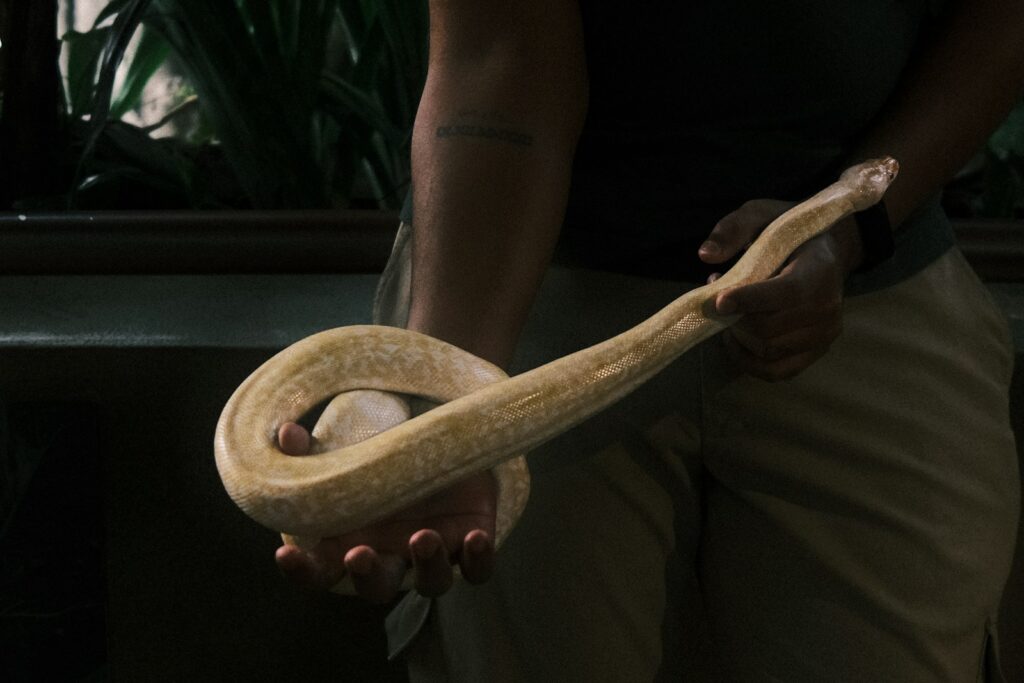
While many nervous snakes improve with consistent, appropriate handling techniques, some cases require professional intervention. If your snake shows no improvement after several weeks of patient desensitization attempts or if defensive behavior escalates rather than diminishes, consulting an experienced herpetologist or reptile veterinarian is advisable. Sudden changes in temperament in a previously calm snake may indicate underlying health issues that require veterinary attention. Some reptile specialty stores or herpetological societies offer handling workshops where experts can observe your technique and provide personalized guidance. Remember that certain individual snakes may never become completely comfortable with handling despite your best efforts, and respecting their natural temperament is part of responsible ownership.
Maintaining Consistent Progress
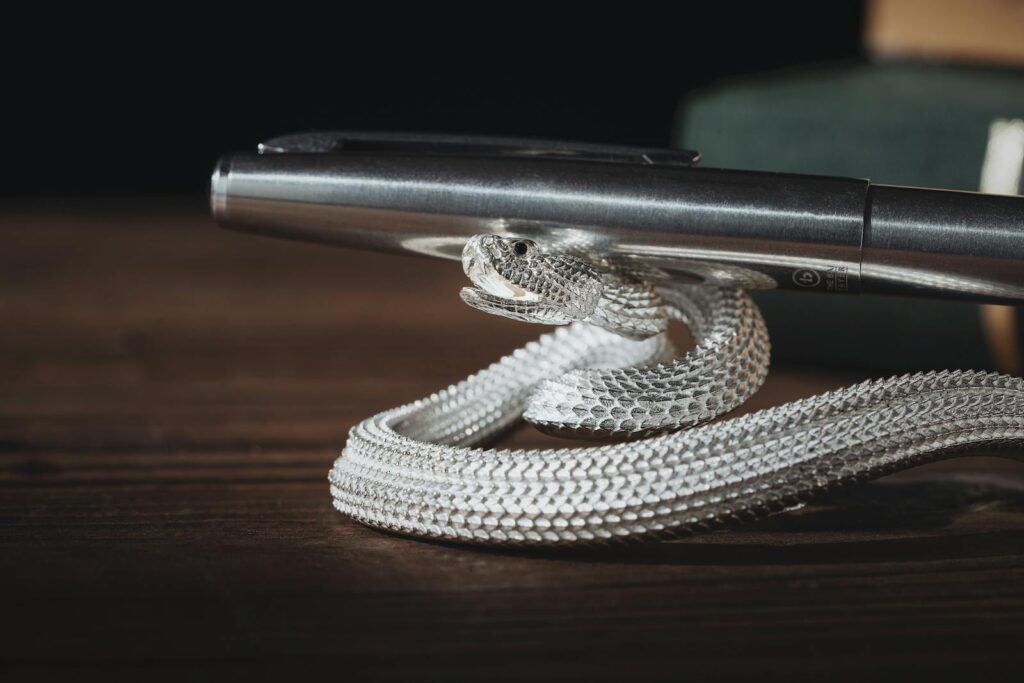
The journey to comfortable handling with a nervous snake is rarely linear and requires dedication to consistent practices. Keep a handling journal documenting session duration, snake behavior, and environmental factors to identify patterns and improvements over time. Establish a regular handling schedule that your snake can become accustomed to, rather than handling sporadically. If you experience a setback where your snake shows increased defensiveness, briefly reduce handling duration but don’t stop completely, as consistency remains important. As your snake becomes more comfortable, gradually introduce new environments or allow trusted family members to participate in handling sessions to prevent your snake from becoming handler-specific. With patience and persistence, many initially nervous snakes can transform into confident, easily handled companions.
Developing a trusting relationship with a nervous snake requires patience, respect for their natural behaviors, and consistent application of proper handling techniques. By understanding snake body language, creating optimal handling environments, and employing gradual desensitization, most owners can significantly reduce their snake’s stress response over time. Remember that each snake is an individual with unique temperament and adaptation rates. The investment of time and careful attention to proper handling not only creates a more enjoyable pet experience but also contributes significantly to your snake’s physical and psychological well-being. With these techniques as your foundation, you’re well-equipped to build a positive, respectful relationship with your serpentine companion.

